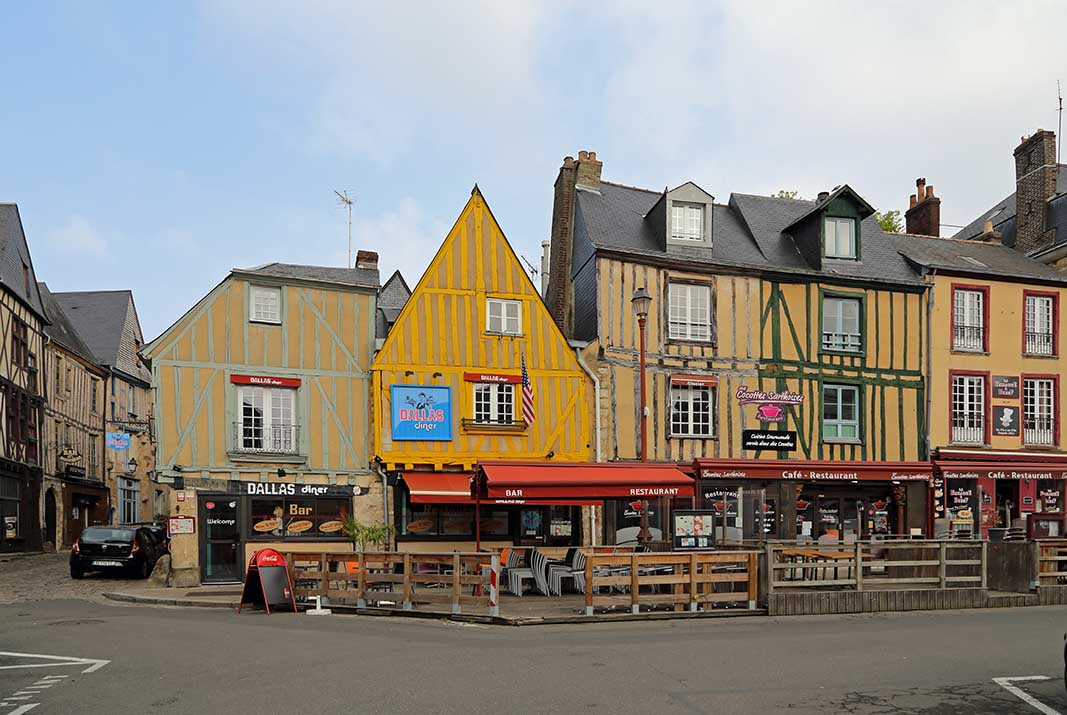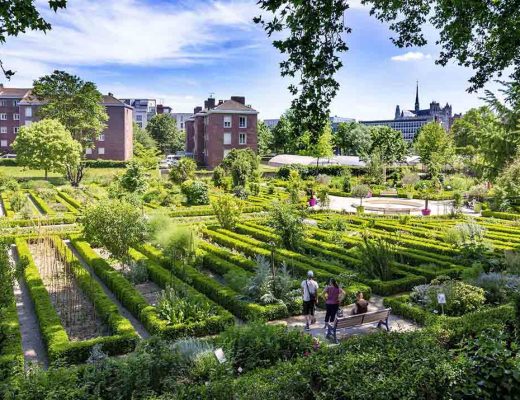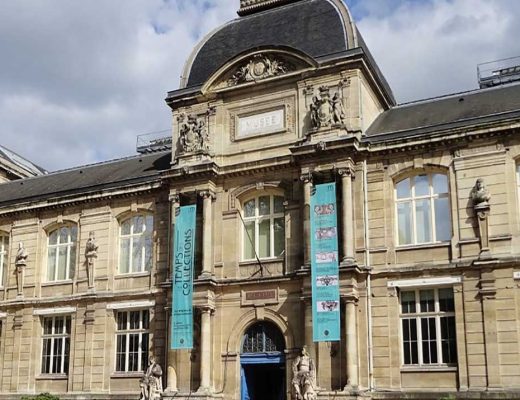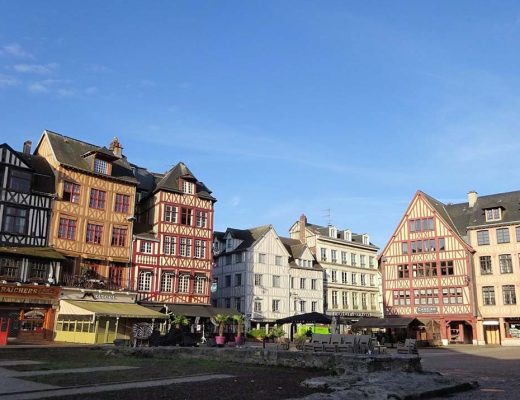I have always believed that walking is the purest form of travel. No ticket stubs, no timetables, no rush — just the steady rhythm of footsteps meeting cobblestone, and the way the world slowly reveals itself when you give it time. And in September, when the heat of the French summer has softened into a golden warmth, there is no better city to wander on foot than Le Mans.
Yes, Le Mans is globally known for its race track, for the deafening roars of engines at the 24 Hours of Le Mans. But when you step into the Cité Plantagenêt, the medieval heart of the city, the roar fades, replaced by a gentle hum of history. September is perfect here: the summer tourists have thinned, the air is mild, and the streets feel like they belong to you alone.
In this guide — part travel diary, part practical handbook — I will take you through my personal experience of walking Le Mans’ medieval streets in September. I’ll share my impressions, the exact places I wandered into, the entry fees, booking platforms, and the little things you need to notice if you want to make the most of it. This is not just about sightseeing; it’s about stepping into a city that still breathes its medieval past.
The First Steps into the Cité Plantagenêt
I began my journey from Place Saint-Pierre, just in front of the towering Cathédrale Saint-Julien. Standing at the edge of this square in September sunlight is like stepping into a painting. The cathedral dominates the skyline, its Gothic spires clawing at the sky, its Romanesque nave grounding it with ancient solidity.
The square itself is free to access, and the cathedral doors open wide to welcome visitors. Entrance to the cathedral is free, though donations are encouraged (and I always leave a few euros — these walls have sheltered centuries of history, and it feels right to give back). If you want a guided tour, tickets usually cost around €7–10, and I recommend booking via GetYourGuide or Tiqets. Both platforms let you secure a spot online in English, which saves you the confusion of navigating French-only websites.
As I walked inside, the cool air wrapped around me, and I couldn’t help but stop at the famous stained-glass windows. In the September light, the glass glowed like liquid jewels — deep blues, fiery reds, serene greens. One panel, showing the life of Saint Julian, caught my eye; the detail was so fine that it felt like the artist was still whispering their story across the centuries.
Rue de la Grande Poterne: My Gateway to the Old Town
Leaving the cathedral, I turned onto Rue de la Grande Poterne, a street that seems ordinary until you notice the tilt of the half-timbered houses leaning conspiratorially toward one another. The cobblestones are uneven, worn smooth by generations of footsteps, and I found myself slowing down, almost instinctively.
This street leads deeper into the Cité Plantagenêt, and the charm here is free — no tickets, no crowds, just the steady unfolding of medieval architecture. I passed by houses with wooden beams blackened by age, some dating back to the 14th and 15th centuries. Many now house galleries or artisan shops.
One shop, Atelier Malicot (12 Rue de la Grande Poterne), displayed hand-crafted ceramics in its window. I went inside, browsed quietly, and bought a small clay cup as a keepsake. It cost me €18, but it felt like more than a purchase; it was a piece of Le Mans’ living heritage I could carry with me.

The Walls of the Old City
If you continue downhill, you will eventually meet the Roman Walls of Le Mans — one of the best-preserved sets of Roman fortifications in France. They stretch for over 500 meters along the Quai Louis Blanc, right by the Sarthe River.
I stood there in September’s soft afternoon light, staring at the red and ochre patterns in the brickwork. They’ve stood since the 3rd century, and yet they still rise proudly, their geometric designs crisp against the sky. Access to the walls is free, though if you want a guided historical tour, expect to pay around €6–8. Again, GetYourGuide is useful here, as some tours combine the walls with other highlights of the Cité Plantagenêt.
The walls made me think about endurance — how cities change, rulers rise and fall, but stone, when cared for, holds the memory of it all.
Place du Jet d’Eau and Rue de la Reine Bérengère
One of my favorite wandering routes was from Place du Jet d’Eau into Rue de la Reine Bérengère. This street is a jewel of half-timbered houses, some painted in earthy reds and greens, others leaning so dramatically that they seem about to collapse into each other.
Here, you’ll find the Maison de la Reine Bérengère, a museum dedicated to local art and history. Entry costs around €5, and I recommend purchasing tickets directly at the door, since it rarely sells out. Inside, I admired medieval furniture and tapestries — not as grand as a Parisian museum, but intimate, human, and tied directly to the people who once lived here.
Walking along Rue de la Reine Bérengère in September, with the warm evening sun brushing the façades, felt like strolling through a medieval stage set. And yet, the hum of modern life — children running, a café setting up for dinner — reminded me that this isn’t a relic; it’s a living neighborhood.
Jardin des Plantes: A Pause in Green
After hours of cobblestones, I craved greenery. The Jardin des Plantes (Boulevard de la Déportation, about a 15-minute walk from the cathedral) is a perfect pause. Entry is free, and in September, the flowerbeds are still vibrant, though tinged with the first signs of autumn.
I sat by the fountain, watched families strolling, and scribbled notes in my journal. The garden gave me time to breathe, to step out of the medieval spell and simply be present. For young travelers or students, it’s also a budget-friendly way to rest your legs without spending a centime.
Evening Magic: La Nuit des Chimères
September evenings in Le Mans are something special, because the city often still hosts La Nuit des Chimères, a light and sound show that projects magical imagery onto the medieval buildings. The cathedral, the walls, the squares — they all become canvases for color and storytelling.
The best part? It’s free. You simply walk, stop, watch, and let the city transform before your eyes. I stood in the square as the façade of the cathedral lit up with scenes of knights, mythical beasts, and glowing constellations. The crowd was hushed, almost reverent, as if we were all witnessing a secret gift.
Practical Notes on Costs and Tickets
- Cathedral Saint-Julien: Free entry, optional tours €7–10 (book on GetYourGuide or Tiqets).
- Roman Walls: Free, guided tours €6–8.
- Maison de la Reine Bérengère: Around €5, pay at entrance.
- Jardin des Plantes: Free.
- La Nuit des Chimères: Free.
If you’re planning to visit several paid attractions in France, I recommend booking with Tiqets or GetYourGuide, as they let you skip lines and have everything in English. For trains from Paris to Le Mans (less than an hour), use Omio — I booked my return tickets for €38 and had them on my phone instantly.
For accommodation, I always use Booking.com when I want hotels and Airbnb for more local stays. I once rented a small loft in the Cité Plantagenêt via Airbnb for €72 per night — not cheap, but waking up to cathedral bells was worth it.
For restaurants, LaFourchette (TheFork) is unbeatable in France. I reserved a table at La Brochette du Boucher (10 Rue de la Paille) and got a discount through the app. My meal — grilled meat, salad, wine — cost me under €25.
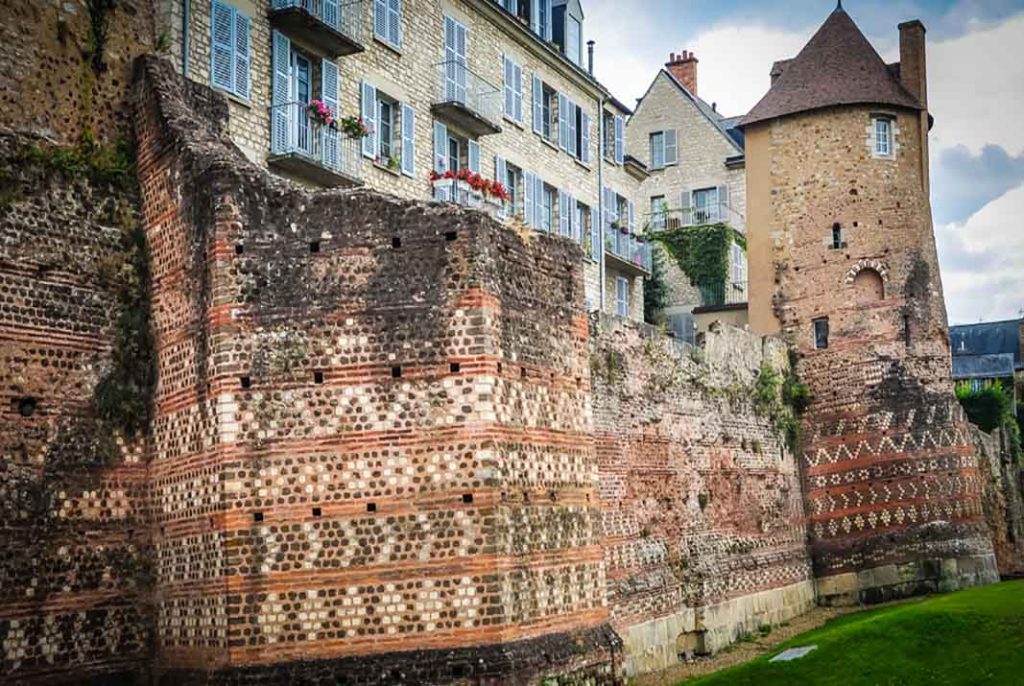
What to Watch Out For
- Cobblestones: Wear sturdy walking shoes. The streets are uneven and slippery after rain.
- Opening hours: Many museums close on Mondays and for lunch (12–2 p.m.). Plan accordingly.
- Weather in September: Mild, but evenings can be chilly. Carry a light jacket.
- Photography: Some museums don’t allow flash photography. Always check.
- Language: English is understood in tourist spots, but a few French phrases (“Bonjour,” “Merci”) make a big difference.
My Personal Reflections
What struck me most during my September walks in Le Mans wasn’t just the beauty of the medieval houses or the grandeur of the cathedral. It was the rhythm of life. The way the old and the new coexist. A medieval wall standing firm while teenagers skateboard nearby. A centuries-old house painted with fresh colors. The quiet dignity of a city that doesn’t scream for attention but rewards those who take the time to walk, look, and listen.
Le Mans is not Paris. It doesn’t dazzle you with monuments on every corner. Instead, it whispers. It invites you to slow down, to notice the play of sunlight on ancient stone, the scent of fresh bread drifting from a bakery, the laughter of children echoing in a medieval alley.
And in September, with the crowds gone and the air softened by autumn, it feels like the city is yours.
If you come to Le Mans, don’t just see it. Walk it. Wander through the Cité Plantagenêt, touch the Roman walls, sit in the Jardin des Plantes, lose yourself in Rue de la Reine Bérengère, and let the cathedral windows wash you in color.
Use platforms like Omio for trains, Booking.com or Airbnb for stays, LaFourchette for restaurants, and Tiqets/GetYourGuide for tickets. These tools free you from stress so you can focus on the real magic: the experience of being here.
Because in the end, Le Mans is not just a place to visit — it’s a city to feel under your feet, in your breath, and in your heart. And once you’ve walked its medieval streets in September, they will walk with you, wherever you go.
